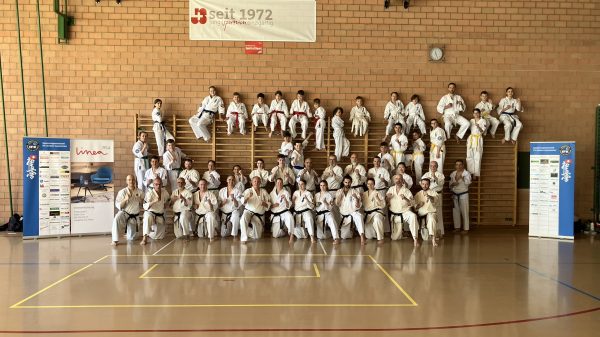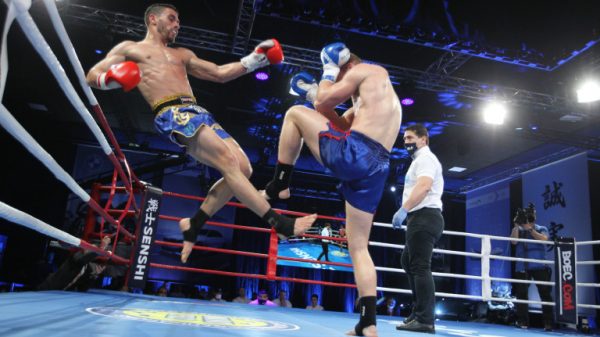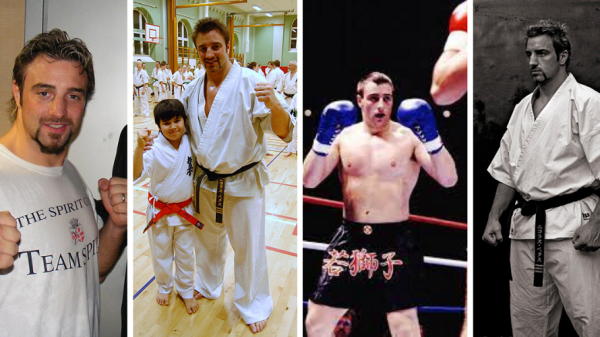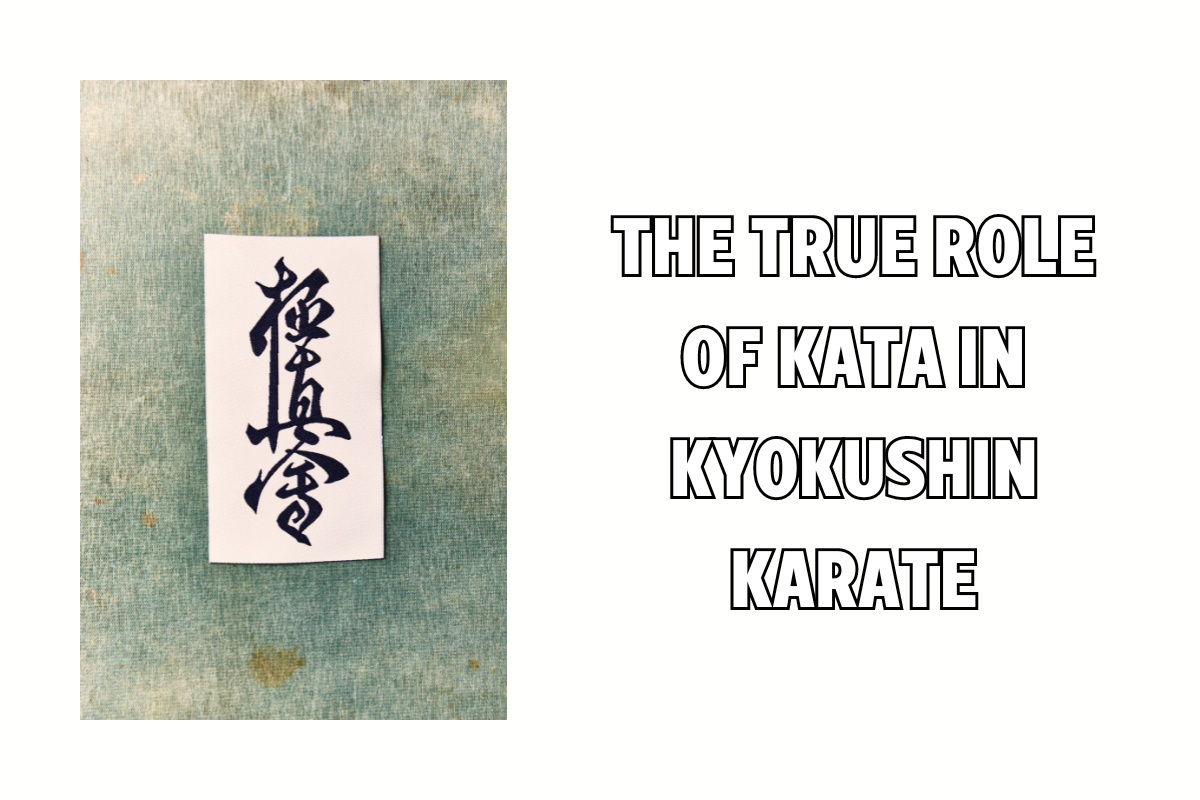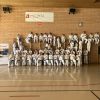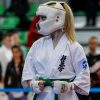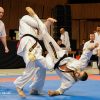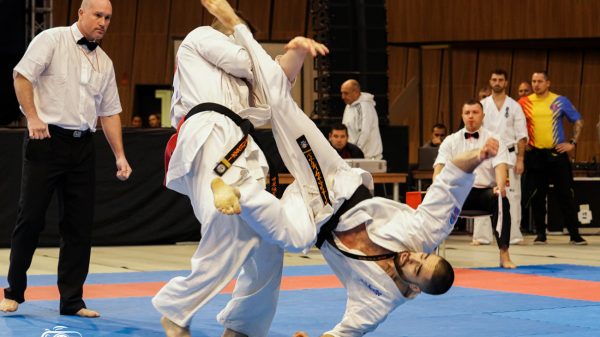Kata plays a significant role in Kyokushin Karate, as it does in many traditional martial arts. Kata are pre-arranged sequences of movements and techniques that are practiced solo, typically in a specific pattern. While the importance and interpretation of kata can vary among different martial arts schools and styles, here’s a general overview of the true role of kata in Kyokushin Karate:
Technical Foundation: Kata serves as a repository of techniques, forms, and principles that are fundamental to Kyokushin Karate. Practicing kata helps students develop a solid foundation in basic strikes, blocks, stances, and movements. These techniques are the building blocks upon which more advanced skills are built.
Muscle Memory and Precision: Repeatedly performing kata helps students develop muscle memory, which is essential for executing techniques with precision and accuracy. This muscle memory is critical for both self-defense and sparring.
Focus and Concentration: Kata demands a high level of concentration and mental focus. Practicing kata requires students to pay attention to every detail of each movement, from the positioning of their feet to the angle of their strikes. This mental discipline is transferable to other aspects of martial arts training and life in general.
Breathing and Timing: Kata practice emphasizes proper breathing techniques and timing. Learning to coordinate your breath with your movements is crucial for delivering powerful strikes and maintaining stamina during training and actual combat.
Application of Techniques: While kata is practiced solo, it is not meant to be a purely theoretical exercise. In Kyokushin Karate, instructors often teach students the practical applications (bunkai) of the techniques within the kata. This helps students understand how to use the movements in self-defense or sparring situations.
Tradition and History: Kata often contains elements of a martial art’s history, tradition, and philosophy. In Kyokushin Karate, kata can reflect the values of discipline, respect, and perseverance that are essential to the art.
Testing and Grading: Kata performance is an important component of belt testing and promotion within Kyokushin Karate. Students are evaluated not only on their physical execution of the kata but also on their understanding of its principles and applications.
Aesthetic and Artistic Expression: Some practitioners appreciate the beauty and artistic aspects of kata. The precise, flowing movements of kata can be seen as a form of martial art, “dance,” and can be performed in a way that is visually appealing.
In Kyokushin Karate, as in many traditional martial arts, kata is considered an integral part of a well-rounded martial arts education. While some modern martial artists may question the practicality of kata in real-world self-defense, it remains a valuable tool for building essential skills, discipline, and understanding of the art’s principles. The true role of kata in Kyokushin Karate encompasses both its practical and philosophical aspects, contributing to a holistic martial arts experience.


